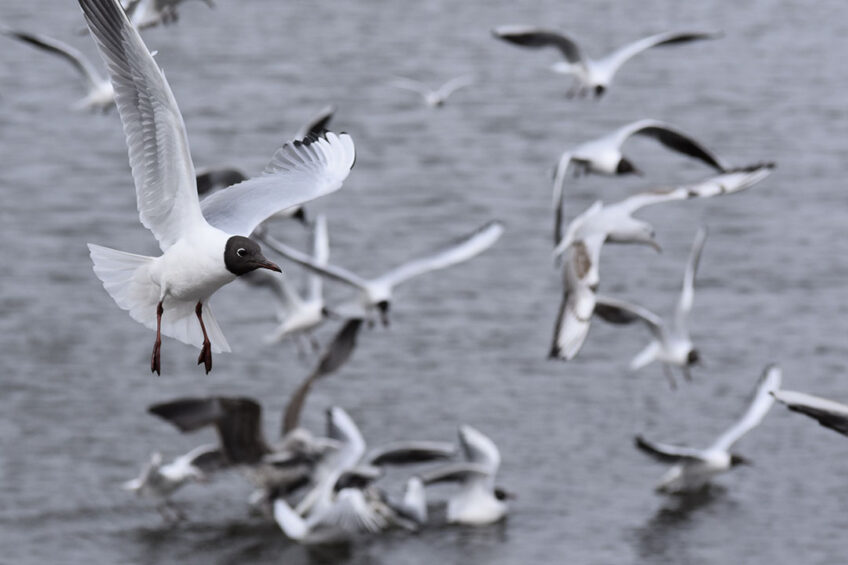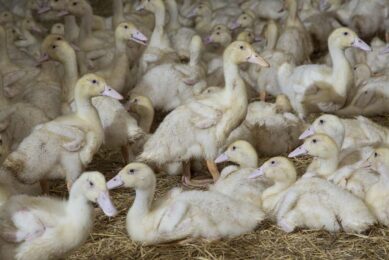Europe: fewer cases of bird flu in poultry, except seagulls

The number of highly pathogenic avian influenza outbreaks in poultry has decreased in Europe, but seagulls continue to be heavily affected by the virus, reports the European Food Safety Authority.
These are the main findings from the latest report on avian influenza by the European Food Safety Authority (EFSA), the European Centre for Disease Prevention and Control (ECDC), and the EU Reference Laboratories (EURL), which confirm that the avian influenza situation in Europe is improving and confirms that the risk to the general public remains low.
Between 2 March and 28 April 2023, highly pathogenic avian influenza outbreaks were reported in domestic (106) and wild (610) birds across 24 countries in Europe. Poultry outbreaks occurred less frequently compared to the previous reporting period and compared to spring 2022, notes the report.
Most of these outbreaks were classified as primary outbreaks without secondary spread, and some of them were associated with atypical disease presentation, in particular low mortality.
Gulls and other species more severely affected
In wild birds, black-headed gulls continued to be heavily affected, while other threatened wild bird species, such as the peregrine falcon, also showed increased mortality. The ongoing epidemic in black-headed gulls, many of which breed inland, may increase the risk for poultry, especially in July-August, when first-year birds disperse from the breeding colonies.
Spread to other species
The virus also continued to spread in the Americas, including in mammalian species, and is expected to reach the Antarctic in the near future, notes the report. In the US, 2 cases were reported in cats and 1 case in a dog in Canada.
Avian influenza infections were detected in 6 mammal species, particularly in marine mammals and mustelids, for the first time, while the viruses currently circulating in Europe retain a preferential binding for avian-like receptors.
Human infection
Since 13 March 2022 and as of 10 May 2023, 2 human cases of H5N1 bird flu were reported – 1 from China and the other from Chile – and 3 H9N2 and one H3N8 human infections in China. The risk of infection with the virus strain currently circulating in Europe remains low for the general population in the EU/EEA, said the report, while the risk remains low to moderate for workers and other people in contact with potentially infected diseased and dead birds and mammals.
Join 31,000+ subscribers
Subscribe to our newsletter to stay updated about all the need-to-know content in the poultry sector, three times a week. Beheer
Beheer








 WP Admin
WP Admin  Bewerk bericht
Bewerk bericht